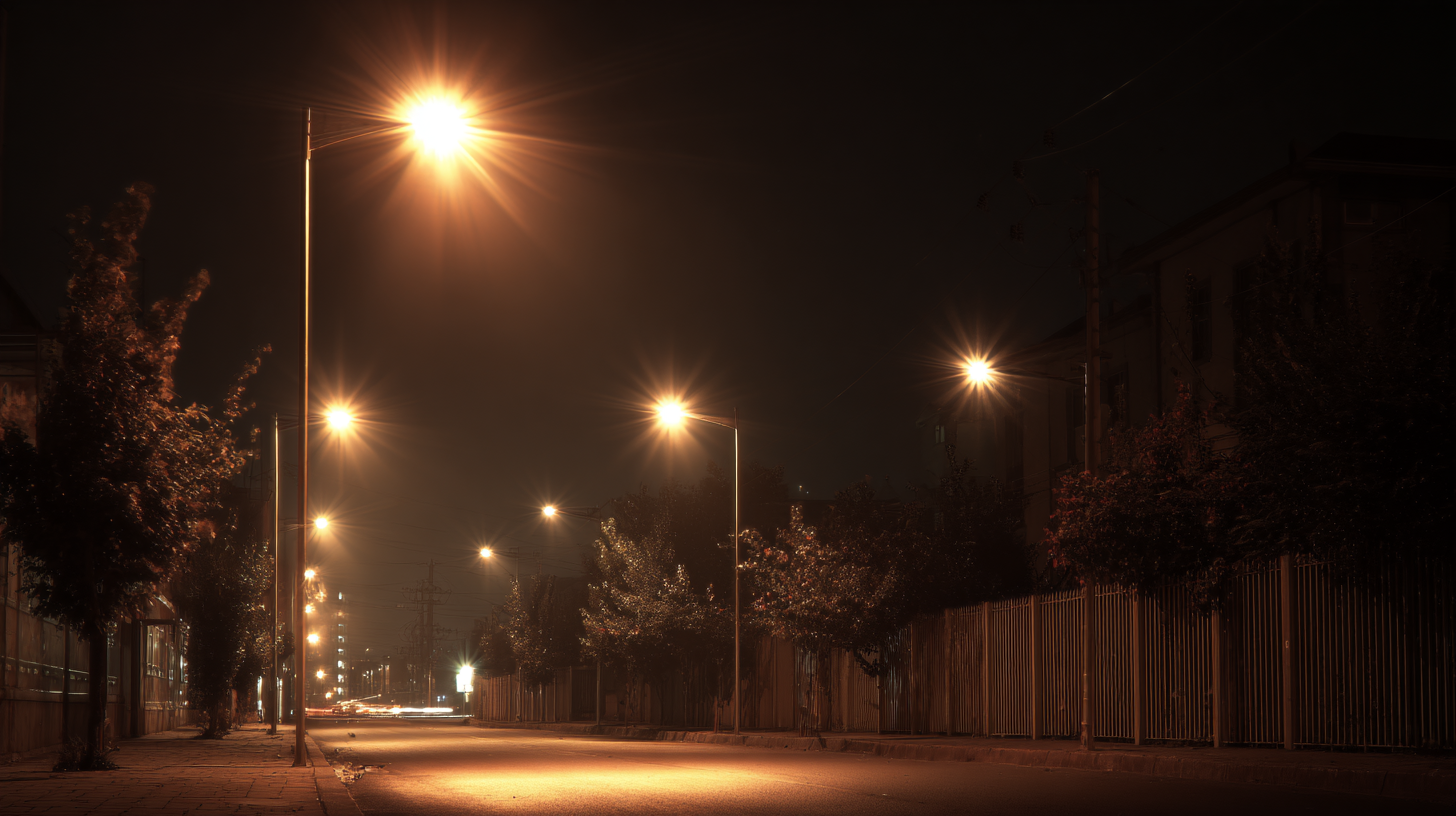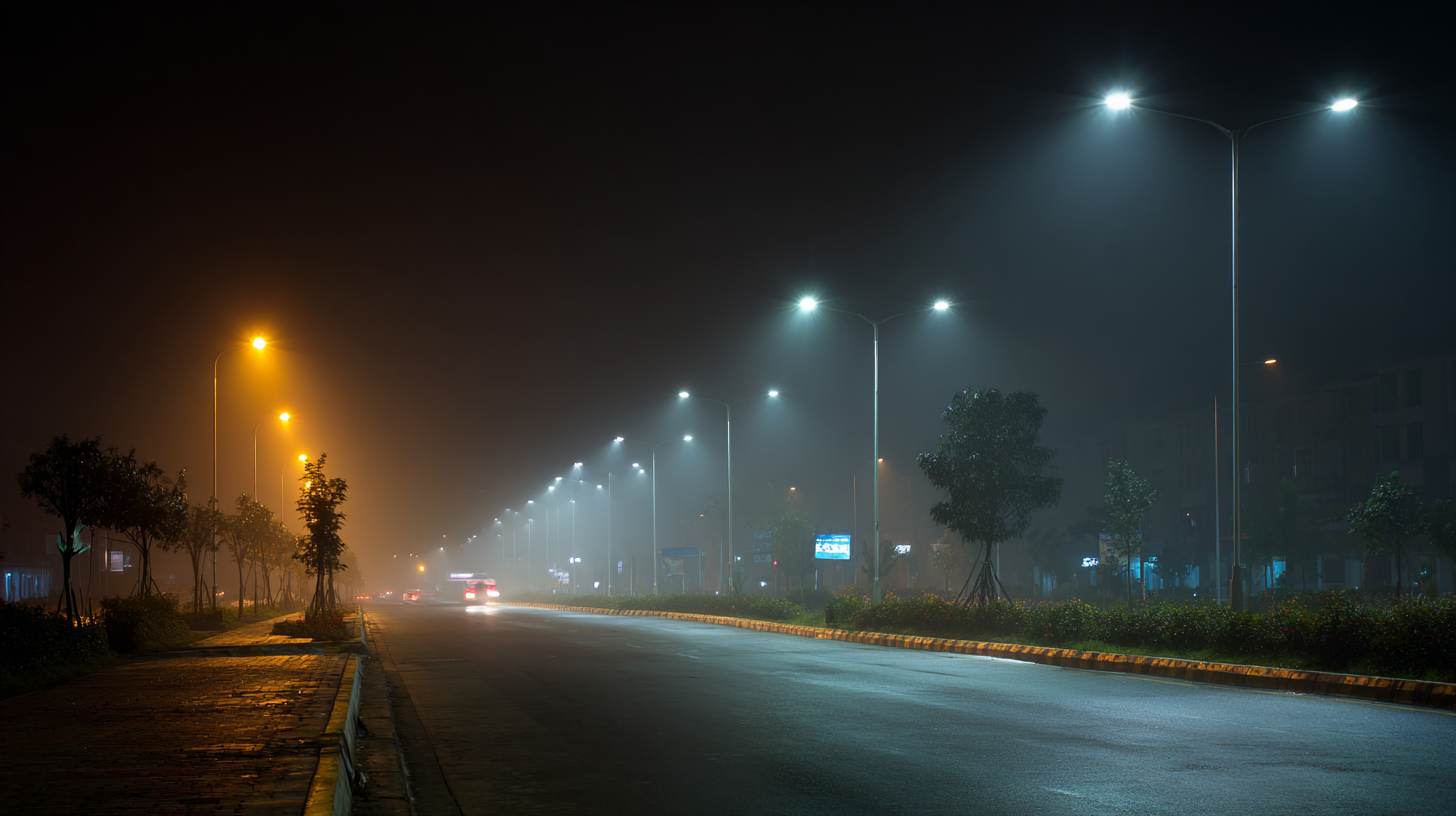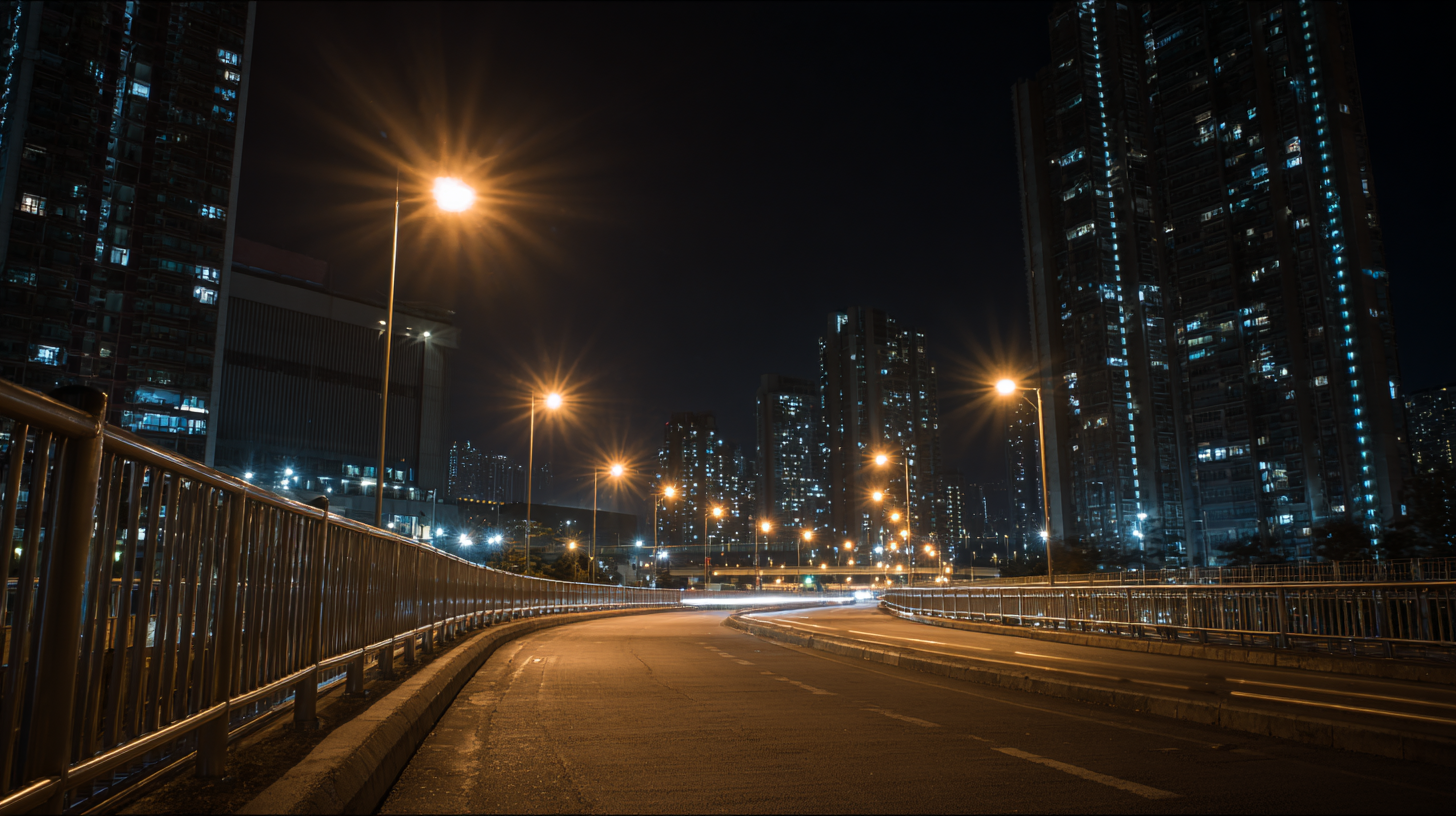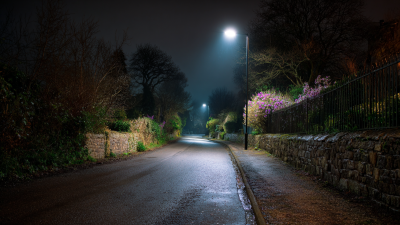How to Choose the Best LED Street Light for Your Urban Environment
As urban areas continue to expand, the need for effective and sustainable street lighting becomes increasingly vital. According to a recent report by the International Energy Agency (IEA), it is estimated that LED street lights can reduce energy consumption by as much as 50-70% compared to traditional lighting solutions, significantly lowering carbon emissions and infrastructure costs. The adoption of LED street lights is not just an economical choice, but also an integral part of smart city initiatives aimed at enhancing safety and improving the quality of life in urban environments.

With advancements in technology, such as smart lighting systems and adaptive controls, choosing the right LED street light has become a critical decision for city planners and municipality authorities. In this guide, we will explore the essential factors to consider when selecting the best LED street light to meet the specific needs of your urban community.
Understanding Your Urban Lighting Needs and Goals
When selecting the best LED street light for your urban environment, understanding your specific lighting needs and goals is crucial. Urban areas vary widely in terms of population density, traffic flow, and pedestrian activity, which means that a one-size-fits-all approach to street lighting won't suffice. According to the Illuminating Engineering Society, optimal roadway illumination not only enhances safety but can also reduce crime rates by up to 30% in well-lit areas. Therefore, assessing your environment's requirements, such as average light levels (measured in lux), is essential to achieving both functional and aesthetic objectives.
Additionally, energy efficiency and sustainability should be at the forefront of your decision-making process. Reports from the U.S. Department of Energy indicate that LED street lights consume 40-60% less energy than traditional lighting, translating into significant cost savings over time. Urban planners should also consider light pollution and its impact on local wildlife and residents. By selecting LED fixtures with appropriate color temperatures and shielded designs, cities can effectively lower their environmental footprint while meeting the diverse needs of their communities. Understanding these dynamics enables city officials and decision-makers to choose street lighting solutions that enhance public safety and contribute to an overall more livable urban space.
Evaluating Lumens, Watts, and Energy Efficiency for LED Street Lights
When selecting the best LED street light for an urban environment, it is crucial to evaluate lumens, wattage, and energy efficiency. Lumens measure the brightness of the light; thus, a higher lumen output is essential for ensuring optimal illumination on city streets. Urban areas often have varied lighting needs based on location, traffic patterns, and safety requirements.
Therefore, it is important to assess how many lumens are necessary for specific zones, such as busy intersections, parks, or residential areas.
In addition to lumens, the wattage of the LED street light represents its energy consumption. Opting for fixtures with lower wattage but adequate lumen output can significantly reduce energy costs while maintaining brightness. Understanding the efficiency of the light—often indicated by lumens per watt—will help you find products that provide the best illumination without unnecessary energy waste. By focusing on both the light output and energy efficiency, urban planners and city officials can choose street lighting solutions that are not only effective in improving visibility but also sustainable in the long run.
Exploring Different Designs and Features of LED Street Lights
When selecting the best LED street light for an urban environment, it's essential to explore the various designs and features that cater to specific city needs. Modern LED street lights come in a range of styles, from traditional post-mounted designs to sleek, contemporary fixtures that complement urban architecture. According to a report by the U.S. Department of Energy, LED street lighting can provide energy savings of approximately 50-70% compared to conventional lighting options. This significant reduction not only lowers operational costs but also facilitates a more sustainable urban environment.
Moreover, features such as adaptive lighting technology and smart city integration enhance the effectiveness of LED street lights. Many urban areas are adopting intelligent lighting systems that adjust brightness based on pedestrian and vehicle traffic. A study published by the International Energy Agency points out that cities implementing smart lighting can witness up to a 30% reduction in light pollution and a substantial decrease in energy consumption. By considering these innovative designs and functionalities, city planners can optimize public safety and reduce environmental impact, fostering a harmonious urban habitat.
LED Street Light Comparison
Assessing the Impact of Color Temperature and Light Quality
When selecting LED street lights for urban settings, understanding the impact of color temperature is crucial. Color temperature, measured in Kelvin (K), influences not only the aesthetic appeal but also the functionality of the lighting. Warm white lights (2700K-3000K) tend to create a cozy and inviting ambiance, ideal for residential areas or parks, promoting a sense of safety and comfort among pedestrians. In contrast, cooler white lights (4000K-5000K) provide a brighter and more alerting effect, making them suitable for busy roadways and commercial districts where visibility and safety are paramount.
Light quality, which encompasses factors such as color rendering index (CRI) and uniformity, further affects the effectiveness of street lighting. A high CRI indicates that the light renders colors more accurately, essential for enhancing visibility and identifying obstacles or hazards in urban settings. Moreover, uniform light distribution reduces dark spots and harsh shadows, contributing to the overall safety and security of the area. By carefully considering both color temperature and light quality, urban planners can create a lighting environment that balances aesthetics, safety, and functionality in their communities.

Comparing Installation, Maintenance, and Lifespan Considerations
When choosing the best LED street light for your urban environment, it is essential to consider installation, maintenance, and lifespan factors. The installation process should be efficient and straightforward, reducing disruptions to daily traffic and community activities. Ensuring that the fixtures are compatible with existing infrastructure can streamline the deployment process, making it less costly in terms of both time and resources.
Maintenance is another critical aspect to contemplate. LED street lights are renowned for their durability and low maintenance requirements; however, it is beneficial to examine the availability of replacement parts and the ease of accessing them. A well-thought-out maintenance plan can significantly extend the lifespan of the lights, ultimately leading to lower overall costs. As cities increasingly adopt energy-efficient solutions, evaluating the longevity and service needs of LED street lights becomes paramount in fostering sustainable urban environments.

Related Posts
-

5 Reasons Why Solar LED Lights Are the Smart Choice for Your Home
-

7 Best Street Lights to Illuminate Your Path in 2024
-

Maximizing Your Outdoor Appeal with Landscape Lights Advantages and Industry Insights
-

How to Choose the Best LED Outdoor Lighting for Your Garden
-

How to Choose the Right LED Wall Pack Light for Your Commercial Space
-

What is Solar Street Light and How It Revolutionizes Urban Lighting Solutions Globally
